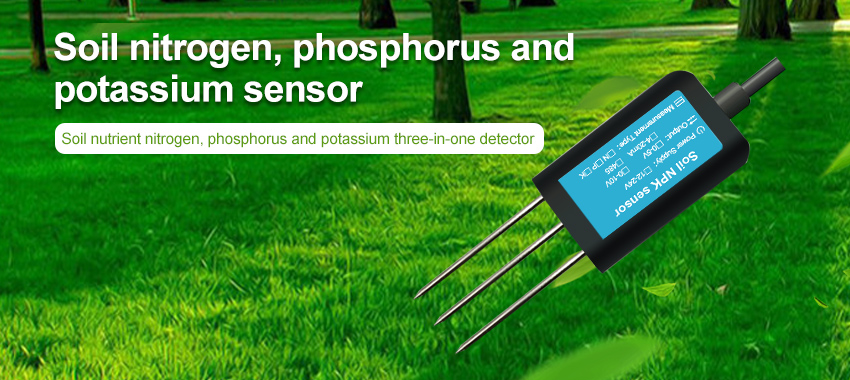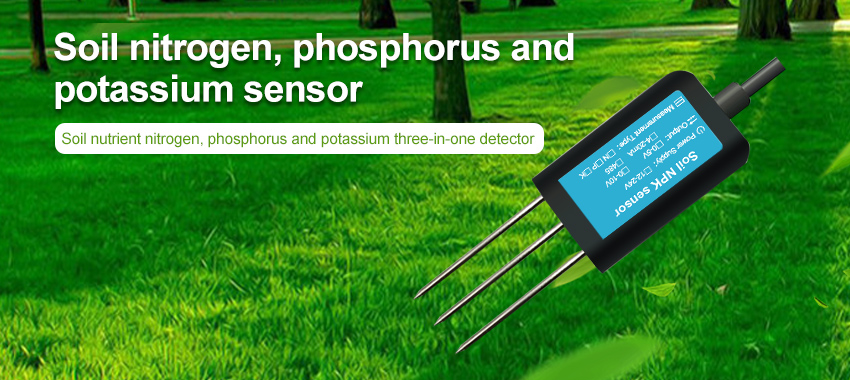Soil is the foundation of agriculture and plays a critical role in crop production. Understanding its properties and conditions is vital for optimizing plant growth, resource management, and sustainable farming practices. Traditional methods of soil analysis have been time-consuming and often provide limited information. However, with the advent of soil sensors, farmers and researchers now have access to real-time, accurate data that can unlock the secrets of soil and revolutionize agricultural practices.

Soil sensors are devices that measure various parameters in the soil, such as moisture content
temperature, pH levels, nutrient concentrations, and salinity. These sensors can be placed at different depths in the soil profile, providing a comprehensive understanding of soil conditions. They collect data continuously and transmit it wirelessly to a central database, where it can be analyzed, interpreted, and used to make informed decisions regarding irrigation, fertilization, and other management practices.
One of the primary advantages of soil sensors is their ability to provide real-time
site-specific data on soil conditions. With traditional soil sampling methods, farmers would collect soil samples from various locations, send them to a laboratory for analysis, and wait for the results. This process could take days or even weeks, leaving farmers with outdated information. In contrast, soil sensors offer immediate insights into soil conditions, enabling farmers to make timely adjustments to their irrigation and fertilization schedules. This can lead to more efficient water and nutrient use, reducing costs and environmental impacts.
By monitoring soil moisture levels, sensors can help farmers optimize irrigation practices.
Over-irrigation not only wastes water but also leaches nutrients from the soil, leading to pollution of water bodies. Under-irrigation, on the other hand, can result in water stress and reduced crop yields. Soil sensors provide real-time data on soil moisture content, allowing farmers to apply water precisely when and where it is needed. This promotes water conservation and improves crop productivity.

Similarly, soil sensors can measure nutrient concentrations in the soil
helping farmers optimize fertilization practices. Fertilizers are essential for providing plants with the necessary nutrients for growth. However, excessive fertilizer application can lead to nutrient runoff, causing water pollution and environmental degradation. By monitoring nutrient levels in the soil, sensors enable farmers to apply fertilizers only when necessary, reducing excess use and minimizing environmental impacts. This precision farming approach not only benefits the environment but also reduces input costs for farmers.
Soil sensors can also provide valuable data on soil temperature and pH levels.
Temperature affects microbial activity, nutrient availability, and plant growth. By monitoring soil temperature, farmers can adjust planting dates, manage pest and disease risks, and optimize crop yields. pH levels, on the other hand, influence nutrient availability and microbial activity. With soil sensors, farmers can monitor pH levels and adjust soil amendments accordingly, ensuring that plants have access to the nutrients they need for healthy growth.
Furthermore, soil sensors enable farmers to monitor soil salinity
Excessive salt accumulation in the soil can be detrimental to plant health and reduce crop yields. By continuously measuring soil salinity, sensors alert farmers to potential salinity problems, allowing them to take corrective actions such as leaching excess salts from the soil or selecting salt-tolerant crop varieties. This proactive approach can help prevent yield losses and improve crop resilience in saline-prone areas.
Apart from improving farm management practices, soil sensors also contribute to sustainable agriculture and environmental stewardship. By optimizing water and nutrient use, farmers can minimize their impact on water resources, reduce fertilizer runoff, and protect water quality. Soil sensors also facilitate precision farming practices, where inputs are applied based on specific crop and soil requirements. This minimizes waste and maximizes resource use efficiency. Additionally, by promoting soil health and fertility, soil sensors contribute to the preservation of soil ecosystems and biodiversity.
While soil sensors offer significant benefits, there are some challenges to their widespread adoption. One challenge is the interpretation and utilization of data. Soil sensors generate vast amounts of data, and farmers need to understand how to interpret this data to make informed decisions. This requires training and education to ensure that farmers can effectively utilize soil sensor technology.
Another challenge is the initial cost of soil sensor systems. While the prices of soil sensors have been decreasing over time, they still represent an investment for farmers, espec
